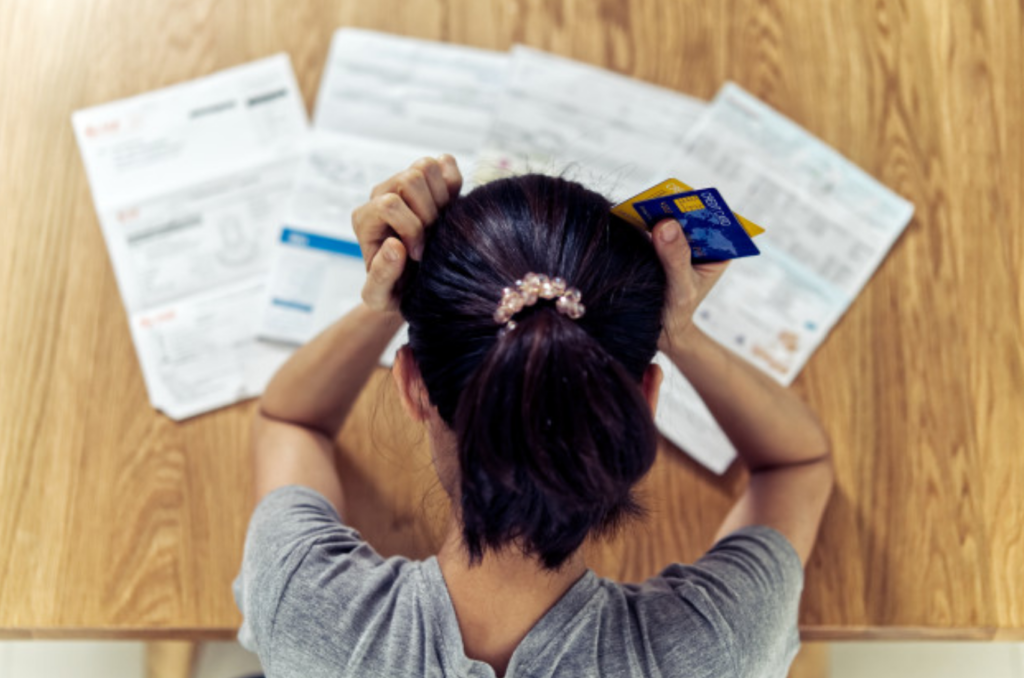Excerpted from Investopedia.com (see complete article here)

A little vigilance can go a long way
By MICHELE LERNER
Updated Feb 24, 2020
General-purpose and private-label debit cards purchase value for goods and services totaled $3.019 trillion in 2017, the most recent figures available as of February 2020, according to the Nilson Report. While many consumers choose to use a debit card to avoid accumulating credit card debt, you may not be aware that you could lose more hard-earned money through debit card fraud than if you used a credit card for a purchase.
As you probably know, when you make a purchase with a debit card, the money is taken instantly from your checking account. If someone fraudulently uses your debit card number, you could be responsible for some or all of those charges.
KEY TAKEAWAYS
- Check your bank statements on a regular basis and report any suspected fraudulent activity to the bank immediately.
- The faster you report a problem, the more quickly you can cancel your debit card and prevent additional charges.
- Only utilize ATMs that are associated with a bank; stay away from potential “skimming” locations such as gas stations and deli kiosks.
- If you lose your card or suspect it has been stolen, report it immediately to your bank and cancel the missing card.
- Change your personal identification number (PIN) and password every few months.
- Unauthorized Charges on Your Debit Card
- According to the National Consumer Law Center, if a consumer’s debit card has not been lost or stolen but there are unauthorized charges on the account, the consumer will be protected if he or she reports those charges within 60 days of when the statement was sent.
When a physical card goes missing or is stolen, consumers have just two business days after learning about the loss to notify the card issuer. Those who do so will limit their losses to $50. Otherwise, they could lose up to $500. If they take months to notify the bank, they may not recoup any money at all.
Many banks have improved their debit card protections for their customers and will go beyond the above rules and not make consumers responsible for any charges deemed to be fraudulent. This is especially true if consumers report the unauthorized transactions as soon as possible.
Experts advise debit card holders not to make a financial transaction on an e-commerce site that doesn’t have the “s” following http, as in https://. This symbol is an indication of a higher level of security.
8 Rules for Keeping Your Debit Card Safe
Take the time to follow these rules.
- Check your bank statements often
As time is of the essence to receive full fraud protection from your bank, make it a habit to review your bank account online at least once a week or even daily. - Protect your PIN number
Don’t give your personal identification number (PIN) to anyone who asks, and don’t keep it written down anywhere in your purse or wallet. Don’t use your PIN at the gas pump. Instead, use your card in the credit purchase function to avoid someone seeing it. In fact, using your debit card in credit card mode may offer you extra liability protection, depending on your bank. - Consider avoiding debit card use online
Some consumers choose to use only credit cards online, because a fraudulent credit card transaction takes more time for your bank to process and can become an item of dispute rather than an instant removal of cash from your checking account. The Federal Reserve Bank of San Francisco recommends checking for a security symbol, such as an unbroken key or a padlock, on each website before you order anything because these symbols mean your information will be encrypted and therefore safer. - Only use ATMs at a bank
Automated teller machines (ATMs) located in convenience stores, subway stations, airports, and other places have a greater risk of having a “skimming” device attached by a thief, which could intercept and store your debit card data. This sometimes happens at banks, too, but it is easier to do in a place without surveillance cameras. - Don’t use public wireless access for financial transactions
Make sure you are using a password-protected wireless signal to check your bank account balance, pay bills, and shop, so that hackers have less chance to capture your password and account information. - Report problems immediately
While you would certainly report it right away if your wallet were stolen and your credit and debit cards were missing, you should also report any unauthorized transactions immediately. - Consider filing a police report
If your debit card is stolen, you may want to contact the police and keep a copy of the police report, so that you have extra support when you want your bank to reimburse the charges. - Create your own security profile
As long as you remember the answers, you can make up anything you want for your security questions. Using a pet’s name or your mother’s maiden name makes it too easy for cons to get into your account. The answers just have to be consistent; they don’t have to be true.
The Bottom Line
While you may find constantly using a debit card to be a great convenience, it won’t be so convenient if someone manages to drain your checking account. A little vigilance and some new habits can go a long way toward preventing a damaging debit card experience.

